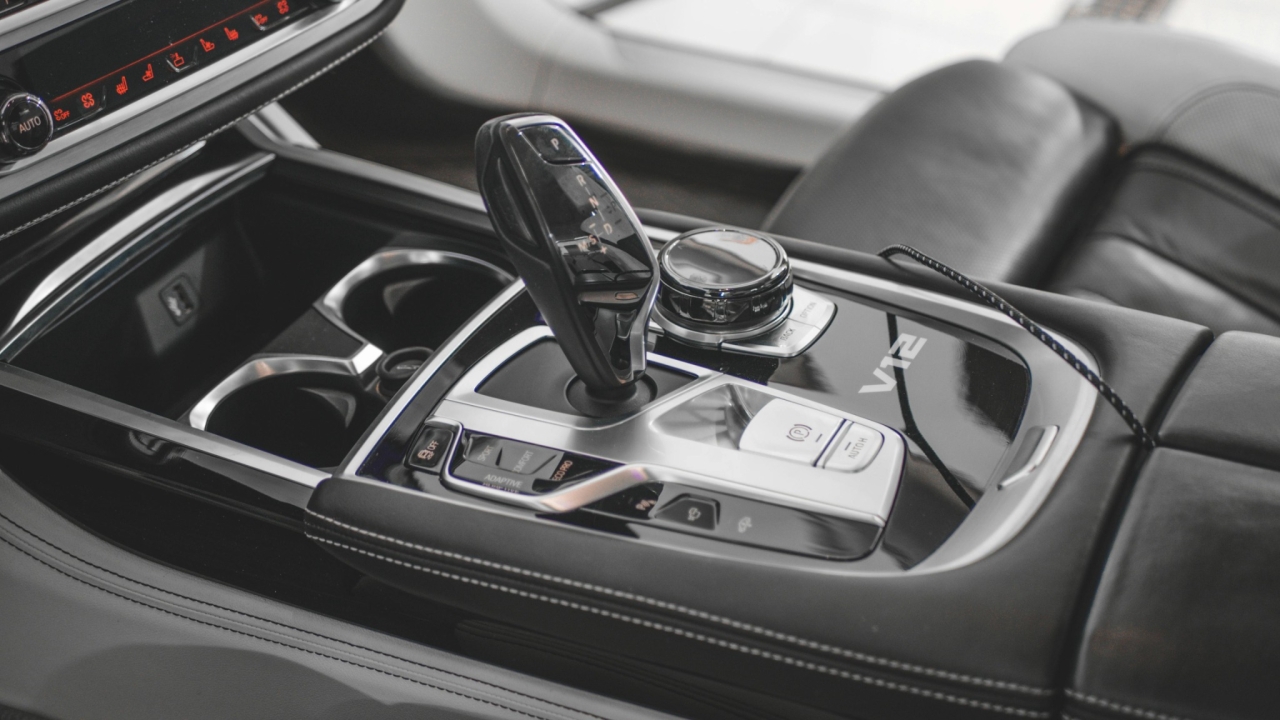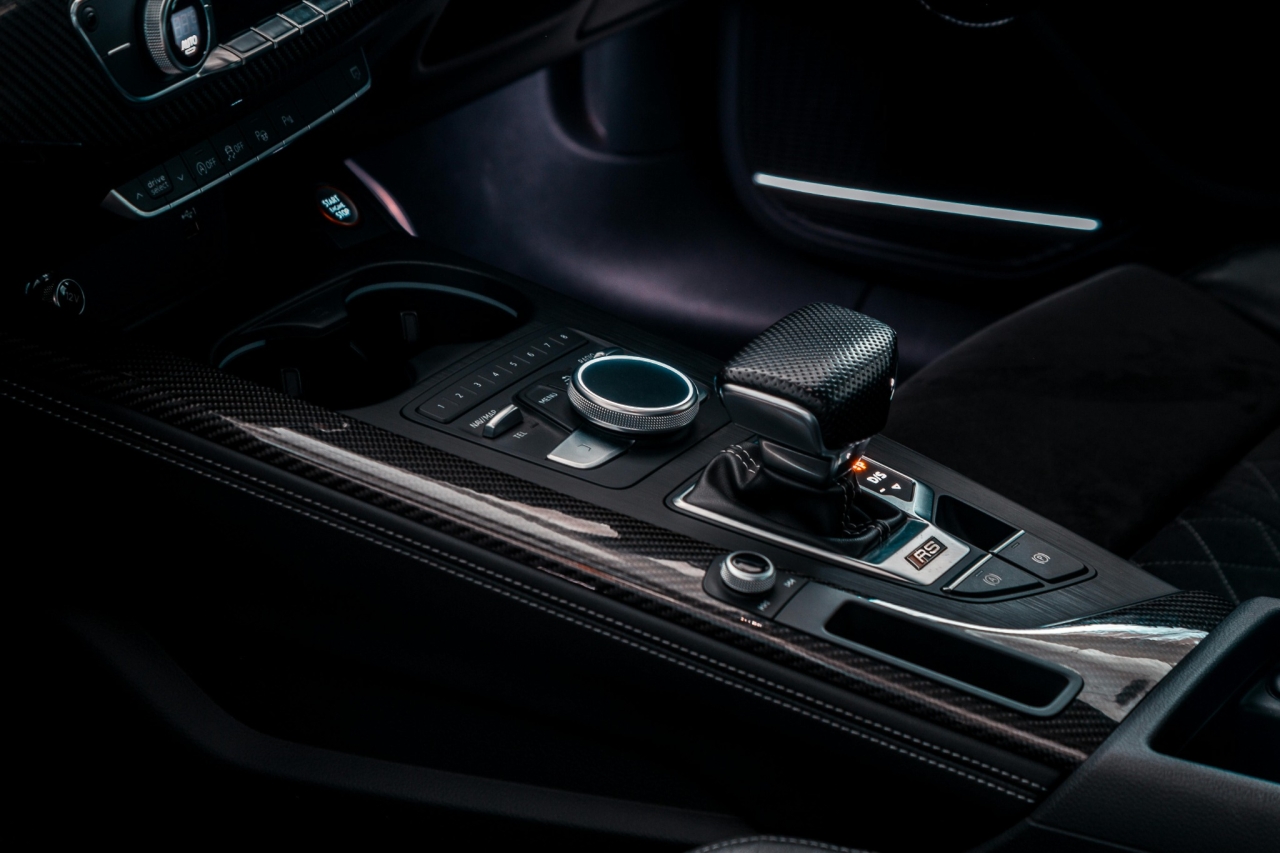Choosing a gearbox is a decision based on the vehicle's character and operating costs. A manual offers simplicity, an automatic offers comfort, and a DSG combines shift speed with economy. When it comes time for a replacement, a used gearbox often proves to be a sensible compromise: it fits perfectly, reduces installation time, and requires no modifications. This guide includes definitions and differences, common faults, installation tips, and a list of popular models (including the Passat B5/B6 gearbox, the BMW E60 automatic gearbox, the MINI Cooper R50 gearbox, the Sprinter 906 gearbox, the BMW X3 E83 transfer case, and the Audi A6 C6 Tiptronic gearbox). Finally, there's a FAQ prepared for everyday questions from drivers and workshops.
Gearbox Context
Manual gearbox, automatic and DSG – operating principle
A simple metaphor helps: a gearbox is a translator between engine torque and the wheels. A manual gearbox prioritizes mechanics and driver decisions – fewer controls, low losses, and predictable maintenance. An automatic gearbox (torque converter) dampens jerks and works well with cruise control and city driving. A DSG (dual-clutch) combines quick gear changes with high efficiency, as it has two clutches and "pre-selects" the gear ratio. In practice, they differ in operating refinement, servicing costs, and the feel under your right foot.
Gearbox differences
Manual vs. Automatic vs. DSG Gearbox – Service Requirements
Manual: classic clutch basket, pressure plate, disc, and release bearing. Mostly splash lubrication, with gear oil changed according to the manufacturer's recommendations. Automatic: torque converter (torque converter), oil pump, friction disc assemblies, and control mechatronics. Requires clean ATF and filters, and for dynamic driving, regular changes. DSG: two clutches (wet or dry), gearbox, and mechatronics. Oil intervals (for wet clutches) and the condition of the control unit are crucial.
Gearbox faults
Gearbox – symptoms and causes in manual, automatic and DSG
In manuals, typical symptoms include bearing noise at idle, gears slipping under load, and a heavy shift – usually through bearings/synchronizers and cables. In automatics, symptoms include delayed take-off, slippage during shifts, and vibrations at lock-up – often the culprit is an "expired" ATF, worn discs, or solenoid valves. In DSGs, the most common symptoms include jerking at low speeds, mechatronics messages, and clutch slippage – here, oil intervals (D/Q codes), adaptations, and clutch kits are key.
Gearbox comparison
Gearbox – pros, cons and everyday applications
Manual transmission offers simplicity and control – great for drivers who enjoy decision-making. Automatic transmission offers comfort and smoothness – ideal for city driving, in limousines, and SUVs. DSG offers speed and economy – preferred in modern compacts and cars with a "touch of sportiness." Service costs depend on parts availability: in older model years, new parts may be limited, and a used gearbox from the original program shortens the operation time.
Table – Gearbox: Design and Service Differences
| Type of box | Mechanics in brief | Typical symptoms | Service priority |
|---|---|---|---|
| Manual | Gears + synchronizers, traditional clutch | Bearing noise, gears falling out | Bearings/synchro, cables, clutch |
| Automatic (AT) | Converter, disc packs, mechatronics, ATF | Slipping, delayed starting, lock-up vibrations | ATF/filter replacement, mechatronics regeneration |
| DSG (DCT) | Two clutches, gearbox, mechatronics | Jerks, steering errors | Clutch service, adaptations, oil (wet) |
Models and gearbox
Passat, Audi, BMW, MINI, Sprinter – examples from the offer
Passat B5/B5 FL 130 HP gearbox and Passat B6 gearbox – frequently asked questions about manual and Tiptronic. In the Audi A6 C6, the Audi A6 C6 tiptronic gearbox is popular, as is the Audi automatic gearbox in the longitudinal offer. In the BMW E60, automatic gearbox types are mainly ZF 6HP/8HP (depending on the engine); the SMG E60 gearbox also appears in sporty versions. In the MINI Cooper R50/R53 – the MINI Cooper R50 gearbox (automatic and manual gearboxes differ in controls and mounting). In vans: the Sprinter 906 gearbox, and in SUVs – the BMW X3 E83 transfer case (an xDrive component that works with the gearbox and differentials). For the Opel Zafira, it's the 6-speed Opel Zafira (M32/AF40) gearbox . These examples help you select components "from within the family" – this reduces assembly and the risk of modifications.
Used gearbox
Why a disassembled gearbox makes the most sense
There are three scenarios. First: older model year and limited availability of new components – a used gearbox is a real chance for a plug-in without modifications. Second: a "time is money" project – the finished gearbox arrives with flanges and brackets compatible with the car, so labor hours are reduced. Third: budget – the total cost (parts + labor + accessories) can be ⅓–½ lower than converting to other solutions. New gearboxes also make sense – especially for fleet cars under warranty – but for cars several or a dozen years old, used OEM parts are usually the shortest route to a "stock" result.
Gearbox purchase
How to buy a used transmission – step by step procedure
First, decide on the type: manual/automatic/DSG and the intended use (city, highway, " sports gearbox "). Then, match it by VIN and OEM numbers - the Passat B5 gearbox does not have to fit the B6, and the BMW E60 automatic gearbox can come in several ZF/GM variants. The next step is the installation accessories: oil (ATF/DCT), oil cooler, seals, filters, bushings, mounts, clutch slave cylinder (for manuals). The BMW X3 E83 gearbox shows us that it is worth planning cooperation with a "transfer gearbox", and in the case of Audi - Tiptronic/DSG compatibility with the ECU and wiring harness. The last element is the logistics of installation: calibrations, adaptations, and in the case of DSG - "learning" the clutches after replacement.
Table – Gearbox: models and most common gear pairs
| Model / Platform | Popular chests | Keywords from advertisements | Matching Tip |
|---|---|---|---|
| Passat B5/B5 FL | Manual, Tiptronic | Passat b5 fl 130hp gearbox | Manual/AT various axle shafts and harnesses |
| Passat B6 | Manual, DSG | Passat B6 gearbox, DSG | DSG: mechatronics + oil, manual: links |
| Audi A6 C6 | Tiptronic (ZF), Multitronic/DSG | tiptronic gearbox audi a6 c6 | Check type (quattro/FWD) |
| BMW E60 | ZF 6HP/8HP, SMG | bmw e60 automatic transmission types | ZF – ECU compatible controllers |
| MINI R50 | Manual, automatics | Mini Cooper R50 Gearbox | Various brackets/mounts |
| Sprinter 906 | Manual, automatic | sprinter 906 gearbox | Adjust the gear ratio to the axle |
| BMW X3 E83 | AT + distribution | automatic gearbox bmw x3 e83 | Pair with xDrive (transfer case) |
Gearbox assembly
Automatic, DSG and manual – adaptations after installation
After the mechanical assembly, it's time for the "soft" part. Automatic and DSG transmissions require adapting the converters, resetting old values, and a test drive. Manual transmissions will appreciate a new clutch/release actuator and bleeding the system. In cars with ECU/TCUs from the same family, coding takes little time, but it's worth booking a service slot. For "Audi automatic transmission" and "BMW automatic transmission," it's also good practice to change the oil and filter after a few hundred kilometers of test driving.
Gearbox operation
How to extend the life of your manual, automatic, and DSG transmission
For automatic transmissions – ATF changes according to mileage and operating temperature, with a sludge-free radiator. For DSG – oil intervals (wet) and clean mechatronics, avoiding "creeping" on the clutch half. For manual transmissions – a clutch without "jittering" and short stops in neutral in traffic. In each case, drive mounts are important; their wear accelerates gearbox degradation.
Myths about the gearbox
Gearbox – the most common mistakes and beliefs
Myth 1: "Every DSG is the same." – DQ200 (7-speed, dry clutches) ≠ DQ250 (6-speed, wet clutches) ≠ DQ381/DL501 (other platforms).
Myth 2: "The automatic transmission doesn't need oil." – It does; ATF ages thermally and loses its properties.
Myth 3: "Manual is maintenance-free." - Bearings and synchronizers also wear out; the clutch has a lifespan.
Myth 4: "A used transmission is always risky." - When it comes from the same family and has compatible OEMs, it usually fits without modifications and reduces labor hours.
Myth 5: "Adaptations are a fad." - Without them, the automatic/DSG may shift gears roughly and prematurely.

FAQ - Gearbox: Questions
The quickest route to a predictable repair is to select the transmission type, confirm the OEM numbers via VIN, and match the transmission with a range of accessories. Global Parts advisors will help you select a manual, automatic, or DSG transmission for your specific model (BMW parts, Mercedes parts, Audi parts, VW parts, MINI parts), ensuring quick installation and a result consistent with the vehicle's factory specifications.
| Question (FAQ) | Short answer |
|---|---|
| What is a VIN number and why provide it? | The VIN narrows down the transmission, wiring harness and accessories to the engine version and year. |
| What is the difference between an automatic and a DSG? | Automatic – converter and disc packs; DSG – two clutches, faster shifts and different service intervals. |
| Is a used gearbox a good idea? | Yes, when it comes from the same family – the plug-in shortens the installation and the total cost. |
| What models do you have most often? | Passat B5/B6, Audi A6 C6, BMW E60, MINI R50, Sprinter 906, BMW X3 E83. |
| Are any adaptations required after installation? | Automatic/DSG – yes; manual – usually no, but test drive and leak check recommended. |
| How to recognize the DSG type? | By gearbox code (DQ200/DQ250 etc.) and platform; Global Parts advisor will confirm by VIN. |
| Does a “sports gearbox” make sense for everyday use? | It does if it suits the engine and driving style; it usually changes the maps and throttle response. |




